Title Page FIRST CLASS PHONICS The Complete Course P S Quick Publisher Information Published in 2013 by Andrews UK Limited www.andrewsuk.com The right of P S Quick to be identified as the Author of this Work has been asserted in accordance with the Copyright, Designs and Patents Act 1998 Copyright 2013 P S Quick All rights reserved. No part of this publication may be reproduced, stored in a retrieval system, or transmitted, in any form or by any means without the prior written permission of the publisher, nor be otherwise circulated in any form of binding or cover other than that in which it is published and without a similar condition being imposed on the subsequent purchaser. Any person who does so may be liable to criminal prosecution and civil claims for damages. Introduction First Class Phonics is a series of books designed to help children quickly become proficient readers and writers by using Synthetic Phonics, a high-quality teaching method recognised all over the world. In Synthetic Phonics, children focus on the skills that enable them to read and spell words accurately. It is essential that children develop the ability to hear, identify and manipulate individual sounds in order to read fluently.
The eight books in the series provide a complete reading programme in which children are taught to recognise the importance of every sound they hear in the spoken word and learn to blend these sounds so that they can read words from the very beginning of the program. Children progress from blending simple single sounds in Book One to using digraphs (two letter sounds) and trigraphs (three letter sounds) in later books. In the earlier books children are taught one letter or letter group for each sound but are gradually introduced to different groups of letters that make the same sound as well as the different sounds that can be made from an identical group of letters. Children are also taught words that they cannot initially sound out as tricky words that are learnt by sight. As children learn the different sounds that a group of letters can make these words cease to be tricky words. With lots of fun activities to reinforce learning in each book and a complete story in which children practice the skills they have learnt children quickly become fluent readers with a love for books.
Important Information Introduction First Class Phonics is a series of books designed to help children quickly become proficient readers and writers. These books use Synthetic Phonics, which is a high quality teaching method recognised all over the world. In synthetic phonics children focus on the skills that enable them to read and spell words accurately. They recognise the importance of every sound they hear in the spoken word and learn to blend these sounds so that they can read words from the very beginning of the program. It is essential that children develop the ability to hear, identify and manipulate individual sounds in order to read fluently. This book provides a range of fun activities to ensure this happens.
Book 1 covers the sounds s, a, t, p, i, n, m, d, g, o, c, k, ck, e, u, r and h . It teaches the tricky words I, the, to, no, go, so, my and said . Whenever children meet these words in the text they are written in italics so children know they cannot sound them out. The last chapter contains a story that uses only words built from the sounds taught in this book. In this chapter words are not written in italics. *Instructions to be read by adults are starred with an asterisk and written in italics.
Notes for Parents and Teachers How do I use this book? When a new sound is introduced you will see the following format: S  ssss snake
ssss snake
- Each time a new letter is taught ask your child to say what the picture represents, e.g. snake.
- With your finger, trace the letter shape in the air, over a plastic letter, on a blackboard, table or on the floor. Ask your child to copy tracing the letter shape using the correct formation. It is also fun to do this on hands or backs.
- Read the sound under the picture that the letter makes (not the name of the letter) e.g. ssss. Get your child to copy.
- Some letters are stretchy sounds like s.
They will be shown as ssss. Others are bouncy like c. These will be shown as c-c-c-c. Do not say cu - keep the sound short and pure - c.
- After each sound is the word for the picture. This is in italics for the adult to read. Children will not be ready to read these words in the earlier stages of the program as they will not have met the appropriate sounds.
- After meeting the new sound there are a number of activities to reinforce recognition of the sound and begin blending words for reading.
Each instruction for these activities is written in italics for the adult to read . There is also a picture clue for the child.
*Say these sounds: s a s a s a s
- In this activity you should read the caption to the child then encourage them to read each sound they see. The number of sounds in this activity will build as they learn more sounds.
*Now blend the sounds to read the words. a-s as
- In this activity your child should read a-s as separate sounds a, s, then blend them to read the word as. Repeat this activity until the words are fluent.
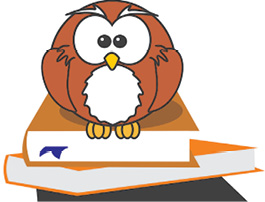
*Read these words and sentences Pat sat at the tap.
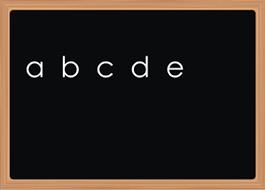
*Now use your letters to make your own words and read them.

* Can you put these words in the right order to read the sentence correctly? sad. is Sam
- Read the instructions in italics to your child. Write each word on a separate card and give them to your child to order correctly. Get them to look out for clues such as capital letters to begin a sentence or full stops or question marks to end.

*Take a picture of this tricky word and pop it in your head to remember it. the

*Some letters or groups of letters can make the same sound. The next sound is made in 3 different ways.
- This instruction is given when different letters are taught that make the same sound, e.g. c, k ck. Children may be introduced to other ways of making these sounds in later books.
Next page

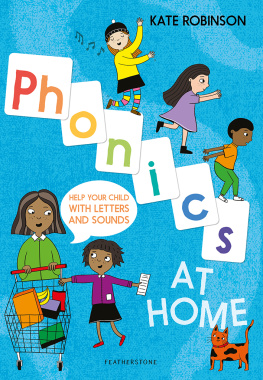
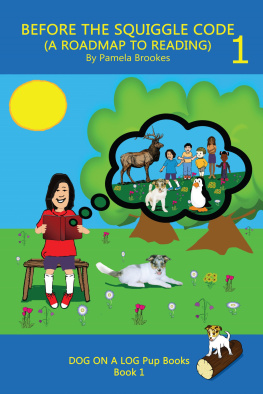
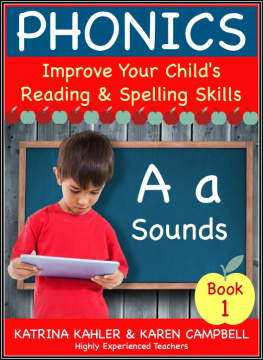
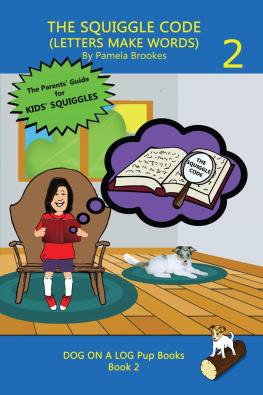
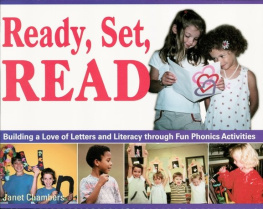
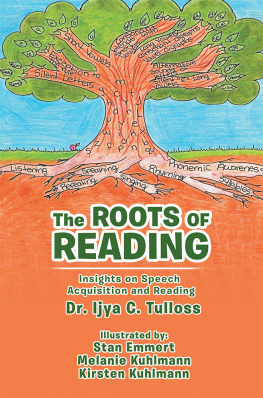
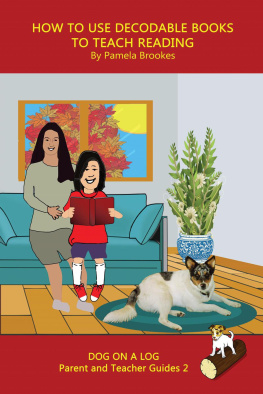
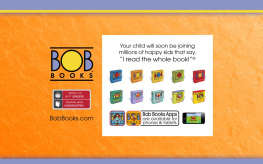
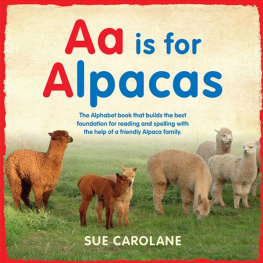
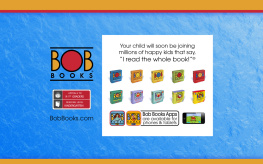
 ssss snake
ssss snake *Read these words and sentences Pat sat at the tap.
*Read these words and sentences Pat sat at the tap.  *Now use your letters to make your own words and read them.
*Now use your letters to make your own words and read them.  * Can you put these words in the right order to read the sentence correctly? sad. is Sam
* Can you put these words in the right order to read the sentence correctly? sad. is Sam  *Take a picture of this tricky word and pop it in your head to remember it. the
*Take a picture of this tricky word and pop it in your head to remember it. the  *Some letters or groups of letters can make the same sound. The next sound is made in 3 different ways.
*Some letters or groups of letters can make the same sound. The next sound is made in 3 different ways.